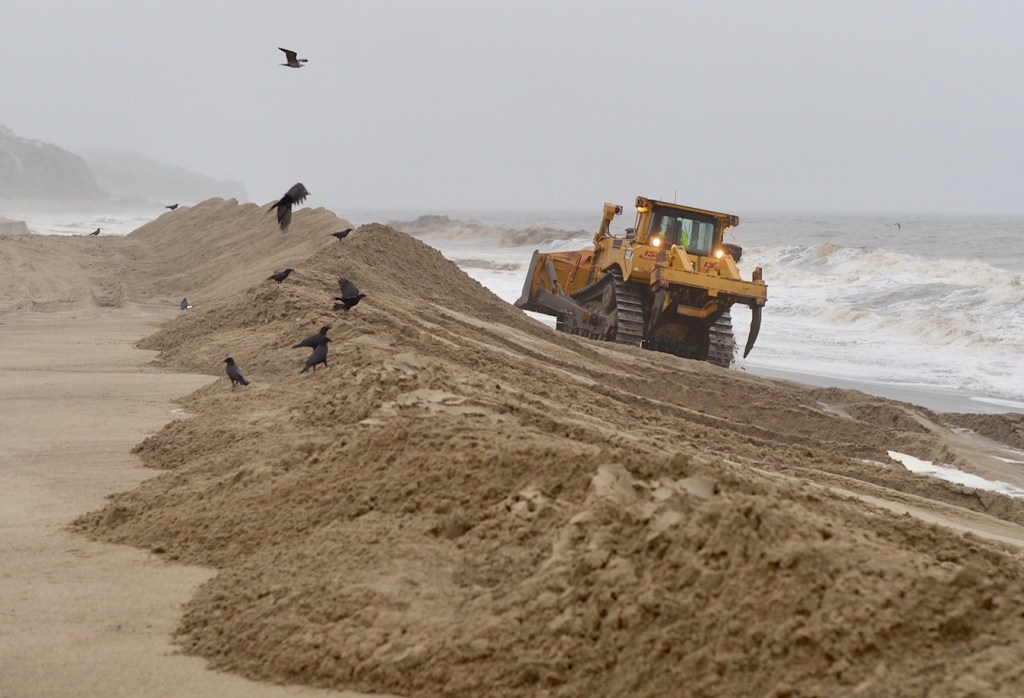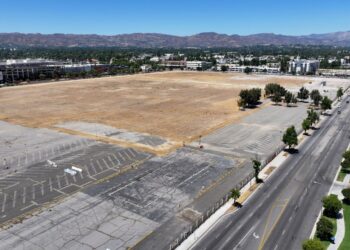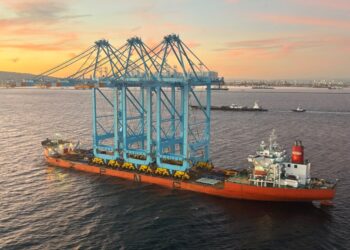With climate change creating ferocious storms that have blasted the Los Angeles County coastline with stronger ocean waves, beaches are eroding and sea levels are rising, often creating flooding that undermines coastal roads and buildings.
To adapt to a changing shoreline climate, the Los Angeles County Board of Supervisors is proposing a coastal resiliency plan at its regular meeting on Tuesday, Nov. 7, starting at 9:30 a.m.
The plan calls for reusing sediment that is scooped out of flood control channels, mountain river dams and harbors to fill in some of the 18 L.A. County beaches that have grown narrower due to loss of sand. It also calls for creating hybrid shoreline barriers that combine manmade materials with natural elements to lessen the impact of waves.
“We want to make sure we are protecting what so many people come here to visit,” said Third District Supervisor Lindsey Horvath, who co-authored the motion with Second District Supervisor Holly Mitchell. “It is something a lot of us take for granted.”
According to the California Regional Assessment National Shoreline Management Study in 2018, Southern California’s ocean economy in 2013 was valued at about $27 billion. L.A. County’s ocean-related tourism and recreation industries generated more than $2.2 billion in 2020.
“The loss of sediment supplying beaches is not good news for a state that draws so much wealth from the coast,” the study found.
While residents from the San Fernando Valley flock to Malibu’s Zuma Beach and other beaches for respite from their area’s higher inland temperatures, by midcentury most county residents will experience extreme heat, with more than 2 million people considered highly vulnerable based on temperatures and adaptation capacity, according to the L.A. County Climate Vulnerability Assessment.
“The county’s beaches are more than just cultural touchstones: They provide a critical public resource to residents seeking respite from extreme heat,…
Read the full article here







